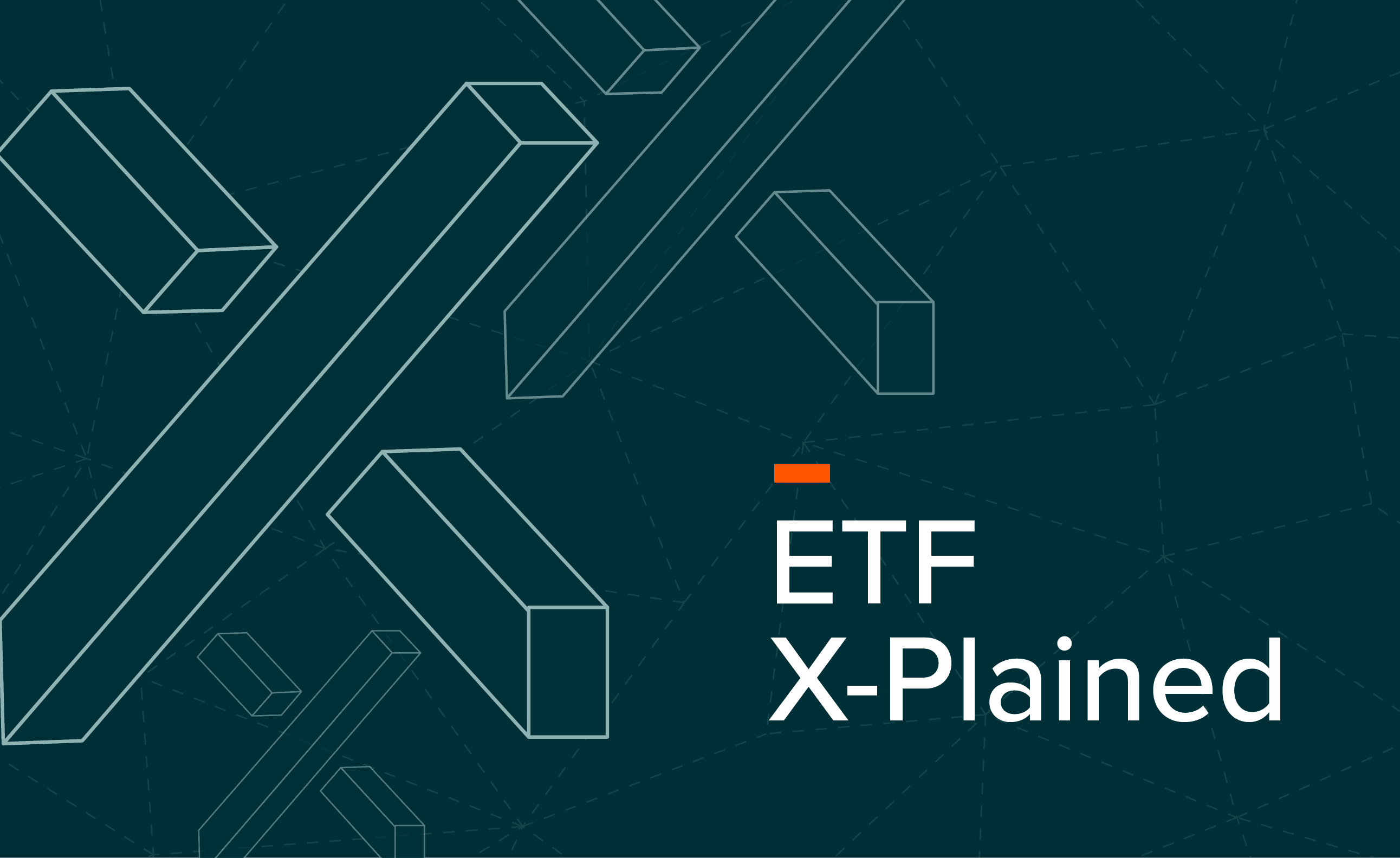It is worth noting that Trump’s latest round of tariffs on Canada will impact more than a quarter of uranium imports into the US. However, given Canadian energy exports will only be tariffed at 10%, rather than the broad 25% on all other Canadian goods, it is unlikely the uranium price will face significant distortion. US’s utilities-driven uranium demand is also relatively inelastic, especially given the tight supply picture over the past year. Nonetheless, Cameco, the top Canadian uranium producer, has indicated that it is in the process of diversifying away from the US to opportunities in other markets including Central and Eastern Europe.7 Overall, uranium miners are unlikely to be significantly impacted by tariffs at this stage.
In the long term, uranium continues to be structurally supported by a meaningful supply deficit and the global energy transition. In late 2023, 20 nations agreed at the COP28 conference to triple nuclear energy capacity by 2050. This pledge then grew to 31 countries after COP29 was held in November 2024.8 While this already bodes positively for uranium infrastructure and engineering firms, it paints an even more beneficial picture for uranium and uranium miners.
Uranium supply has been supported by drawdowns in commercial inventories for the past five years as miners operated on minimal capacity due to unattractive pricing. That commercial inventory has begun to run dry, and miners have started to fill the gap by increasing output. However, should all 31 countries follow through with expanding their nuclear energy capacity, even a significant growth in supply may not be sufficient. Studies by Cameco, UxC and Sprott suggests that, under the net-zero nuclear scenario, a sustained uranium supply-demand imbalance may continue through at least 2040. 9 As such, further investments in uranium miners are needed to match the expected supply deficit.
Portfolios With a Heart of Gold
After a brilliant year of gains for gold in 2024, the precious metal has continued to hit all-time highs to kick off 2025. Three key ideas in the market are causing this phenomenon: Subverted expectations, geopolitical polarisation, and simply “a lack of options”.
Subverted Expectations – Markets Underestimated Uncertainty
The past year was marked by historic volatility, driven by geopolitical shifts and economic uncertainty. Gold responded as expected, rallying to a high of US$2,780 per ounce ahead of the US election, as investors and central banks alike sought a reliable hedge.
Following the election, market sentiment shifted. Confidence that policy clarity would eventually arrive prompted investors to pivot toward risk assets such as big tech, AI and cryptocurrency. However, as the new administration took shape, it was evident that the market underestimated the persistence of uncertainty. Within weeks, President Trump has imposed, delayed, and reintroduced tariffs on key trade partners, while geopolitical tensions—including stalled progress in Ukraine—have deepened. Meanwhile, AI’s bullish momentum has been tempered by the rise of DeepSeek, and emerging markets ex-China have significantly underperformed.














